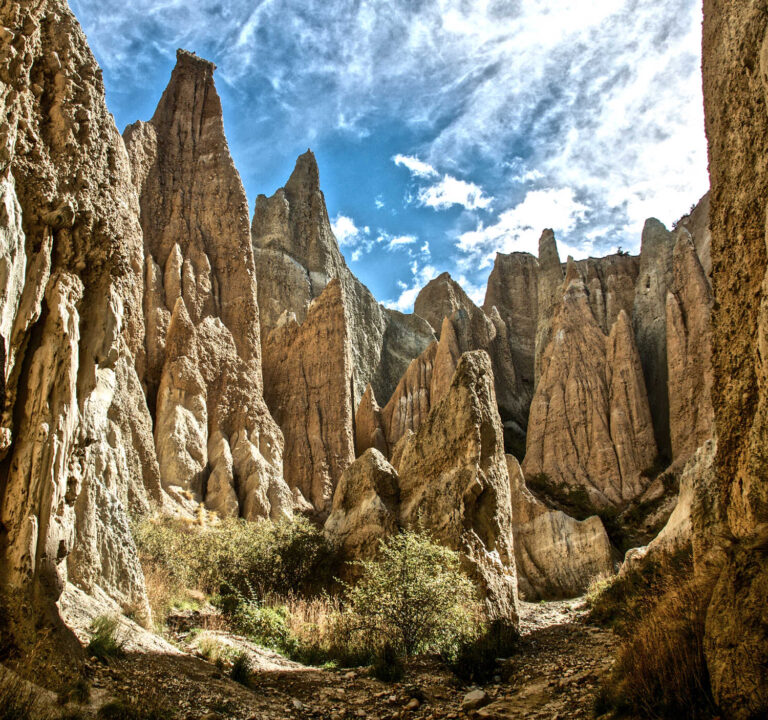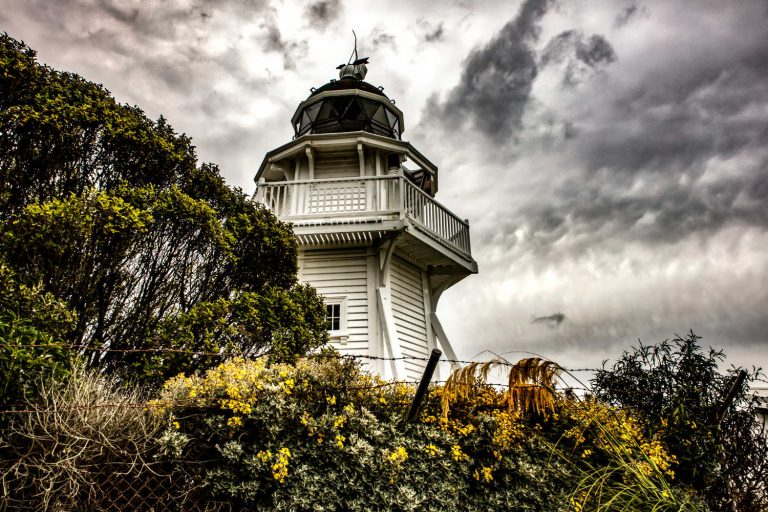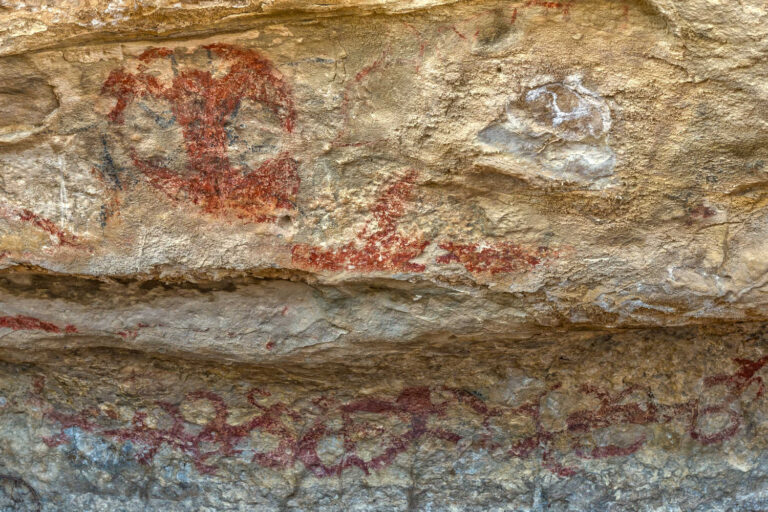Penguins where to go and how to get there
Adorable, cute, waddling tiny penguins marching to their rhythm. Incredible wildlife viewing at the Oamaru Blue Penguin colony is as close to a guarantee you will observe blue penguins. Wild penguins, both blue and yellow-eyed, can be observed at Katiki Point, Shag Point and Bushy Beach Reserve. Penguins, ocean birds, seals and other marine life inhabit the North Otago coastline. Inland North Otago is the zone of skinks, native spiders and other shy creatures described at Waitaki Geopark Visitor Centre, Duntroon.
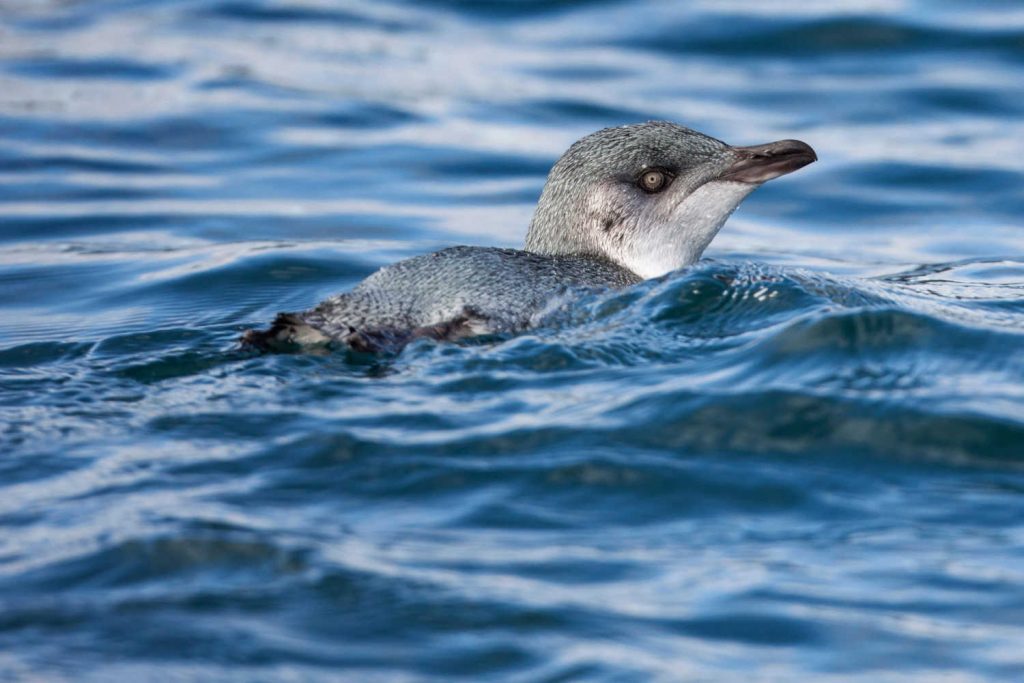
LITTLE BLUE PENGUINS
Blue Penguins, a must-go tourist attraction is Blue Penguin Colony. The blue penguin is the world’s smallest penguin. The Oamaru penguin colony has seating set up around the nesting site.
For the price of an entry ticket (you are contributing to conservation with the purchase) visitors witness the evening return of Blue Penguins to their nests. Visitors watch the penguins return from the sea in groups with the setting sun. The kororā, (Little Blue Penguin) found here at Taiharuru-Pilots Beach breeds on the New Zealand and Australian mainland and islands. They weigh around one kilo on average. The average age of kororā in the colony is seven years, but the oldest recorded was 25 years. The colony is open to the public for evening viewing.
For more information about the Little penguin/kororas check DOC online resource. The world’s smallest penguin – little penguin (also known as little blue penguin) – is just over 25 cm tall and weighs around 1 kg. The birds nest right around the harbour area and the Oamaru Blue Penguin Colony offers a unique opportunity for you to observe the world’s smallest penguin arriving home from their day at sea and returning to their nests.
Open: EVENING VIEWING, time dependent on sunset
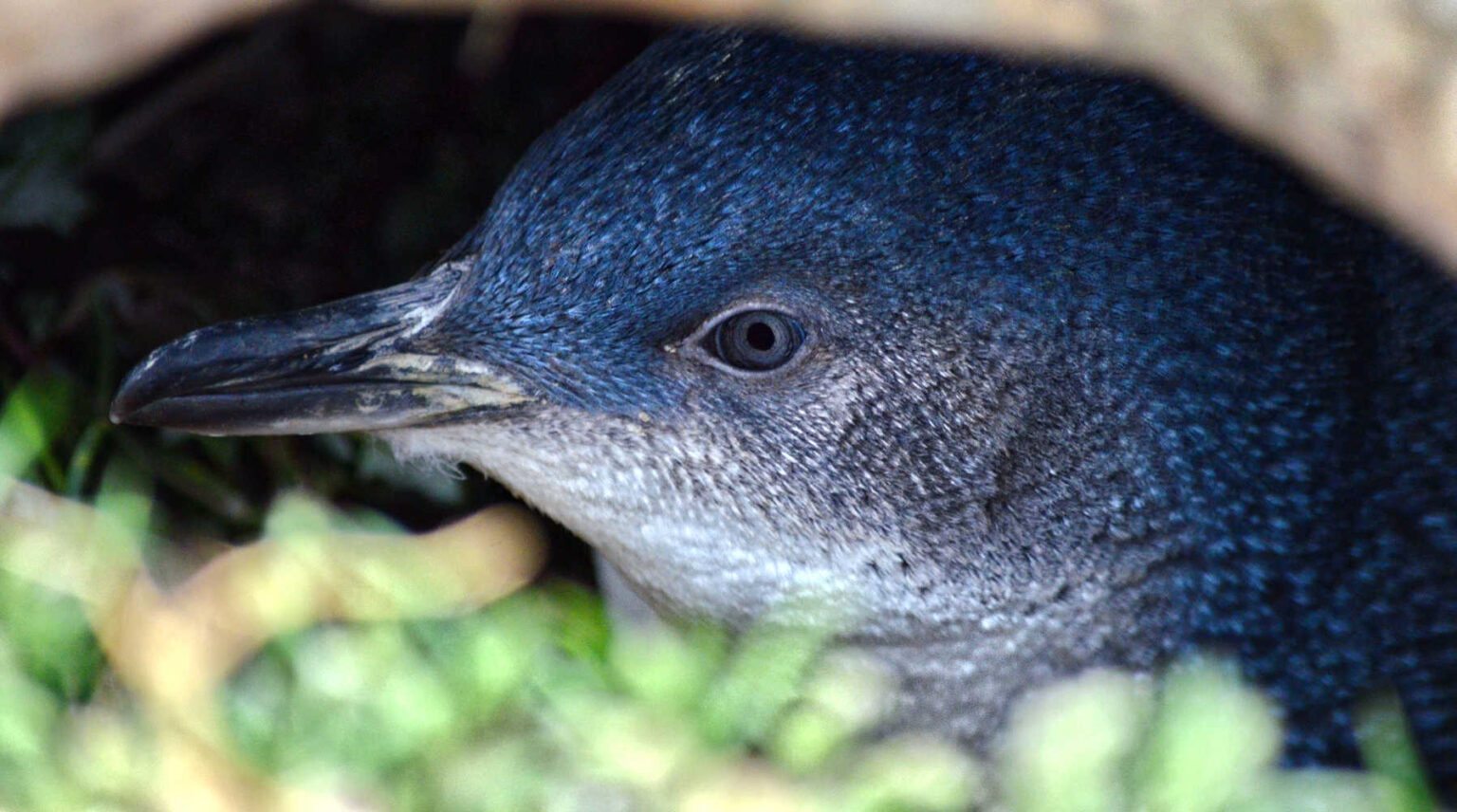

Blue penguins have even been known to rest on the Oamaru wharf. Keep your eyes peeled and give wildlife the space to feel safe.

No photo snaps, no loud noises … you take memories only of your trip to meet the penguins.
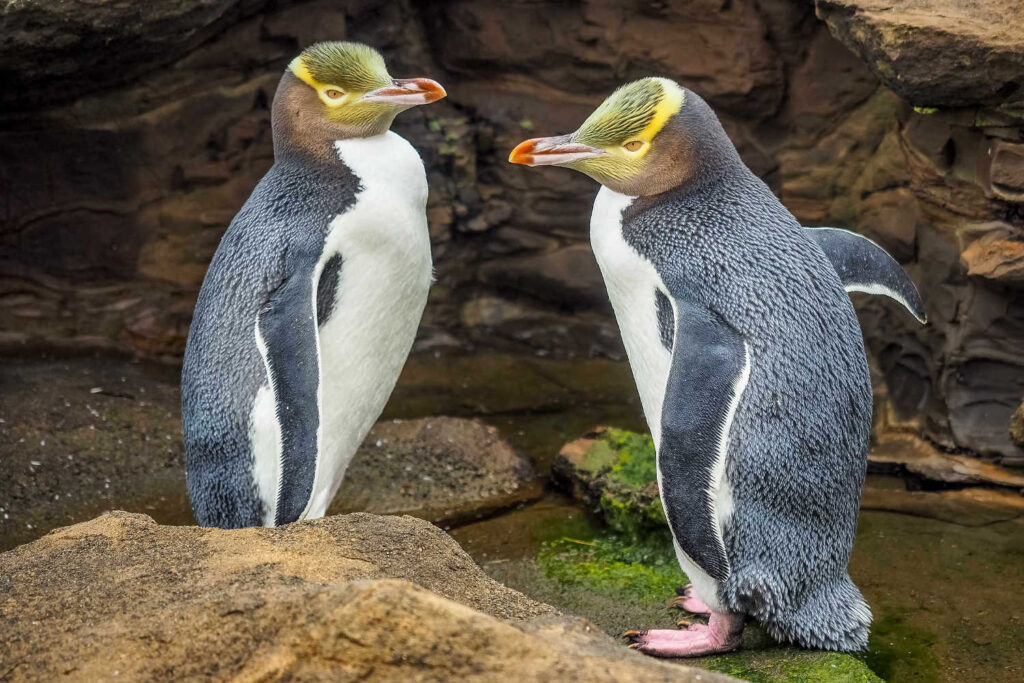
YELLOW-EYED PENGUINS
Rare, numbering only in the hundreds if not less, the yellow-eyed penguin can be found at Katiti Point Lighthouse and elsewhere.

Yellow-eyed penguins illustrate the New Zealand $5 dollar along with mountaineer St Edmund Hillary.
Katiki Point Lighthouse
The Katiki Point Lighthouse is an amazing place with yellow-eyed penguins making the reserve and foreshore their nest. There is no hide at the beach although there is a fence to guide visitors not to trespass too close to the shy timid penguins.
- This track takes you along a short walk to views of the ocean and coast.
- If you quietly follow the track and keep an eye on the coast on the seaward side of the Point you may be rewarded with a sighting of yellow-eyed penguins.
- Keep noise to a minimum.
- Stay on formed tracks.
- The beach cannot be accessed.
Check out Department of Conservation guidelines Kātiki Point Walking Track for your safety as well as the penguins.
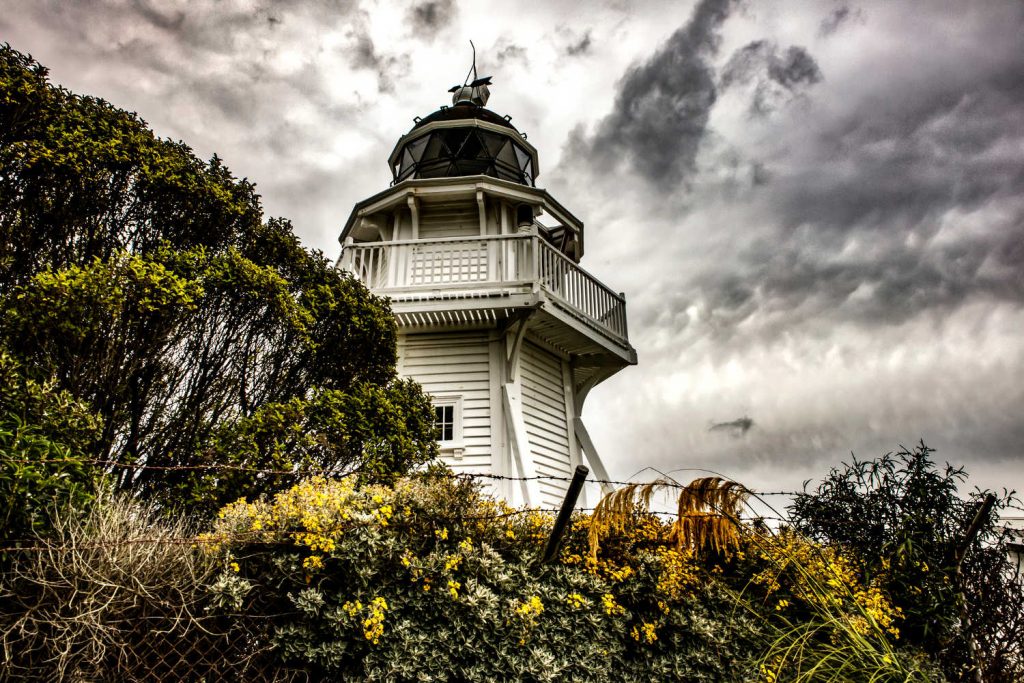
Katiti Point Lighthouse can be accessed from Moeraki. After photo shots of the Moeraki Boulders follow the road signs to Katiti Lighthouse. The road is narrow, gravel and winding around the coast for 4 km. You will arrive at the Katiti Lighthouse and park the car. The track starts at the lighthouse.
Katiti Point Lighthouse reserve is home to NZ fur seal/Kekeno
- New Zealand fur seals/kekeno
- Large numbers of New Zealand fur seals/kekeno haul out to rest on the rocky platforms around Kātiki Point and Moeraki Peninsula. This is the main breeding area in North Otago.
Birds
A variety of sea and shore birds breed here – little blue penguin/kororā, yellow-eyed penguin/hoiho, sooty shearwater/tītī, diving petrel, red-billed gull/tarāpuka, spotted shag/koau pāteketeke, white-fronted tern/tara iti, variable oystercatcher/tōrea pango.
Source DOC
The reserve is vested in Te Rūnanga o Ngāi Tahu who manage the reserve in conjunction with Te Rūnanga o Moeraki.
Regulations
- The reserve closes at 5:30 pm every day for management work to protect the wildlife
- Do not eat in the reserve. The reserve has spiritually significant sites, making the consumption of food inappropriate.
- No bicycles allowed
- This section of coastline is exposed. Beware of tide changes and rogue waves.
Check beforehand opening hours to avoid disappointment.
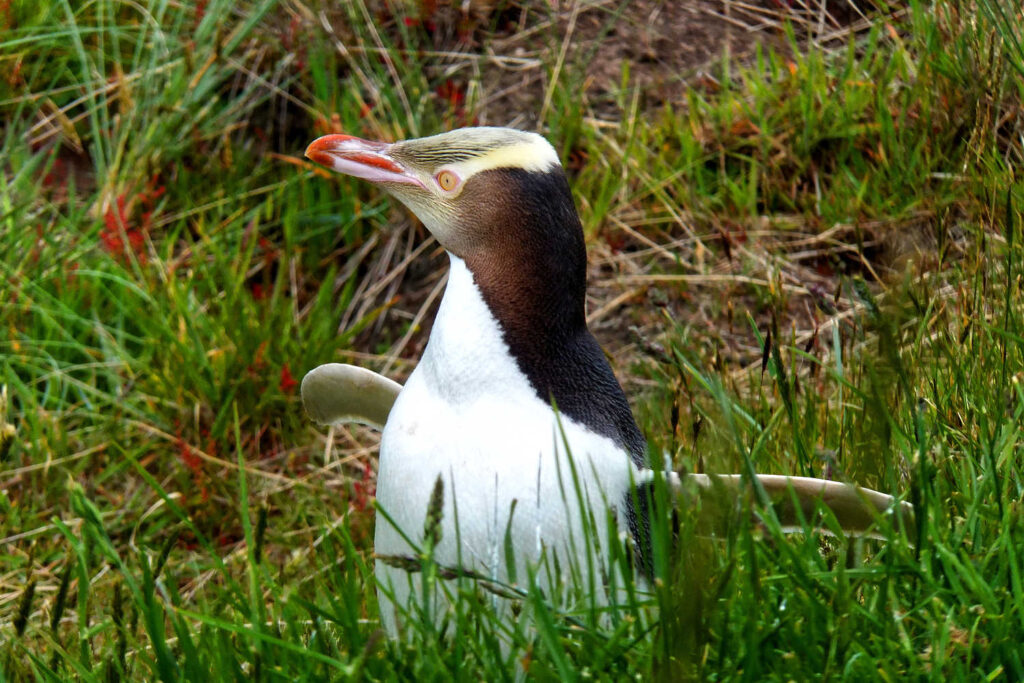
Oamaru’s marine life is preserved, protected and abundant. Yellow-eyed Penguin Trust. Yellow-eyed penguins swim as far as 50 kilometres off-shore and dive up to 120 metres for their food which they find mainly near the seabed. Yellow-eyed penguins can be seen at Nugget Point Totāra Scenic Reserve (Roaring Bay) and Curio Bay – please use the hide for viewing and stay off the beach. Supporting wildlife viewing means at least 4 metres from the wildlife and respecting their space.
- The lighthouse keeper’s house is used as a private rehabilitation centre for sick and injured penguins and other birds. The centre is run by Penguin Rescue NZ. The trust and its volunteers protect penguins from predation by trapping feral cats, ferrets and stoats.
Shag Point Scientific Reserve
- Shag Point Reserve is a great spot to observe NZ fur seal
- Ocean birds, shags roosting site with an opportunity to observe seabirds.

Look at the flat rock platforms for NZ fur seals enjoying a spot of sun. You will be looking down from the cliff top lookout platform.
Shag Point has an interesting history as a place of haulage for pre-European Maori fishing and Moa (extinct bird) hunting. Matakaea is the name of the pa (fortified village) that overlooked Waihemo/Shag River Mouth. The name is linked with Arai Te Uru canoe, which capsized off Moeraki. The crew managed to swim, leaving the cargo to wash ashore. The crew members fled inland, and were transformed into mountains. The Arai Te Uru canoe is said to have carried kumara from Hawaiiki, along with the karakia (incantations) and tikanga (customs) connected with planting it successfully. Source DOC.
Other birds found at Shag Point are sooty shearwaters. The sooty shearwater is a large, dark shearwater with long, narrow wings, long slender bill and narrow short tail. The upperparts are sooty brown whilst the underparts are slightly greyer with a silver-grey flash on the outer area of the underwings. The feet are dark grey, and barely project beyond the tail in flight. Source Sooty shearwater.
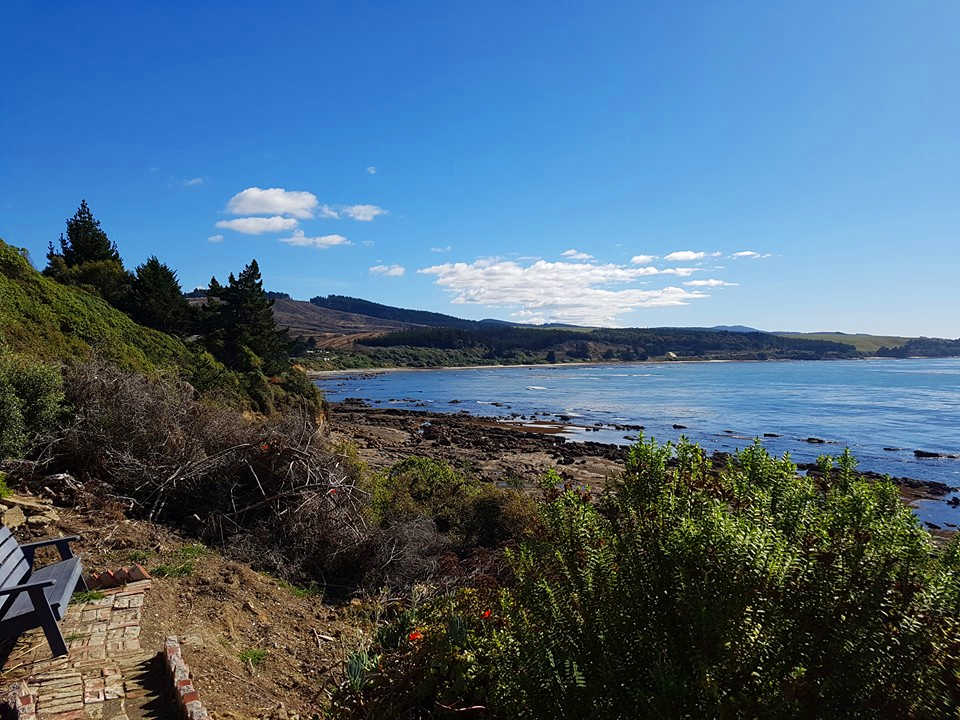

Twelve species of shag are found in New Zealand, of which eight are found nowhere else. Shags and cormorants are similar with the shag more slender and smaller. The shag deep dives for fish up to depths of 50 metres. Unusually for a sea bird the feathers are only partially water proof to assist with deep diving.
To learn more you can listen to Sasha Say’s podcasts on Matakaea Shag Point here.

The area was once mined for coal with unmarked shafts a hazard for people walking off the designated tracks.
BUSHY BEACH WALK
At the southern end of Oamaru, spot New Zealand Fur Seals/Kekeno and Yellow-Eyed Penguins/Hoiho from the platform at the end of this cliff-top walk. Bushy Beach Scenic Reserve “The natural coastal vegetation at Bushy Beach Scenic Reserve is the last remaining in the area. Wind-sheared scrub, dominated by hebe, ngaio, mahoe and broadleaf, clings to the cliffs and shelters penguins, other seabirds and a variety of insects.A unique flora and fauna exists here – a number of native plants and insects are at either their southern or northern geographical limit.
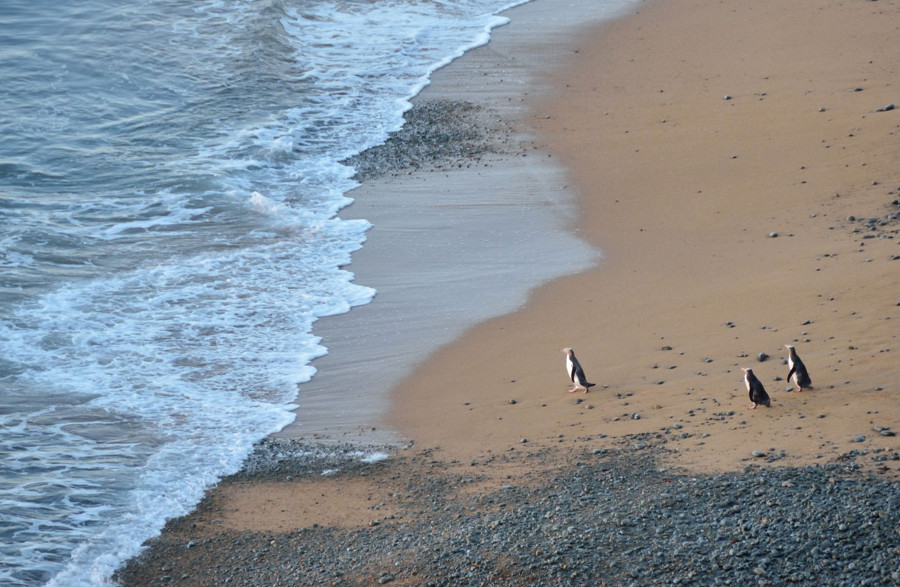
Yellow-eyed penguin/hoiho breed at Bushy Beach. Adult penguins return to feed their young at any time of the day. You can also regularly see New Zealand fur seals, with New Zealand sea lions and elephant seals occasional visitors to the beach. No dogs are allowed in the reserve. To avoid disturbing the yellow-eyed penguins/hoiho, keep off the beach between 3 pm and 9 am.
Keep at least 20 m distance from marine wildlife. Bushy Beach is not only a fantastic photo opportunity with its long-stretching sandy beach backed with coastal forest, but it’s also another great place in Oamaru to spot some wildlife. Follow a 10-minute zig-zag track to the top of a cliff with some great viewing of a seal colony on the rocks below. Continue onwards to a viewing hide where you can watch yellow-eyed penguins on the beach (usually between 3pm and 9am). This is a stunning cliff-top walk that has access to the shingle beach before 3pm daily. Visitors are asked to watch the penguins returning home from the viewing platform, so the penguins are not disturbed as they make their way back to their nests.
- Length: 340 metres (return)
- Duration: 30 minutes
Unless the penguins come in very close to the side of the beach where the hide is (it’s a huge beach) you will only see them as small blobs and I would highly recommend bringing binoculars.
Tips for yellow-eyed penguin (Hoiho) watching:
- Yellow-eyed penguin/Hoihoi returns to their nest in daylight hours. They are shy and sometimes not easy to observe.
- Late afternoon the yellow-eyed penguin starts to emerge from the sea.
- The penguins will loiter in the shallows if they think they are threatened. Be as quiet as possible so as not to spook the penguins.
- Do not try to access the beach at either Katiti Point or Bushy Reserve to allow penguins to feel safe accessing their nests. Keep noise to a minimum.
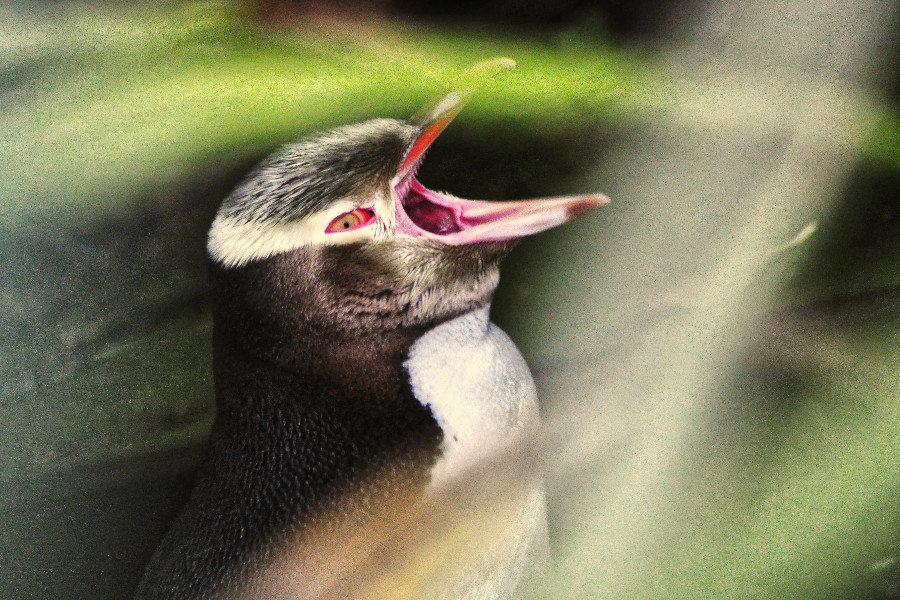
Wildlife viewing of penguins is a destination highlight for Oamaru visitors. The town, with its Victorian streetscape, Oamaru and Waitaki heritage trails and food scene should be your bucket list. Check out 31 Things to Do in Oamaru: A Guide to the Town’s Best Attractions and Activities and places off the beaten path.
BEST BITS TRAVEL GUIDE
Best Bits travel guide is published by nzjane.com. Owned and managed by PacificJane Ltd.
Our editors independently visit tour operators, purchase tickets, pay for accommodation, and rate products and places. We are not paid to go on a tour or visit a place. We only make money if you decide to purchase a product through our website links. We promise to never accept free products from manufacturers in return for boosting their products. Read more about our affiliate programme in the terms and conditions HERE.


